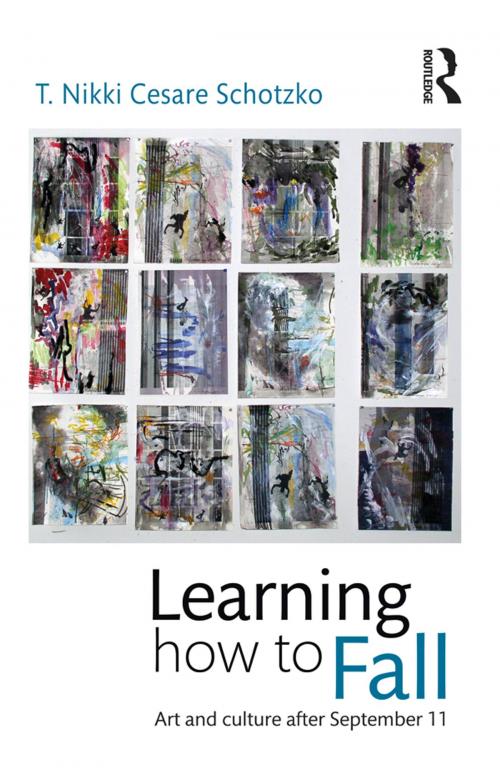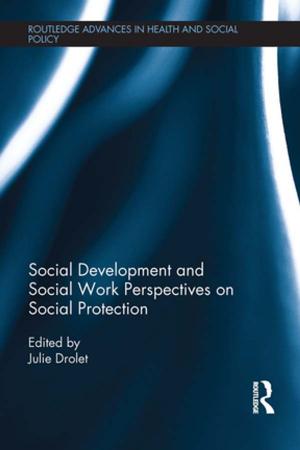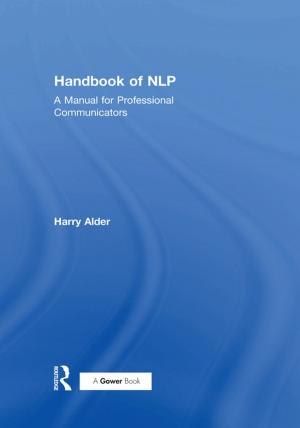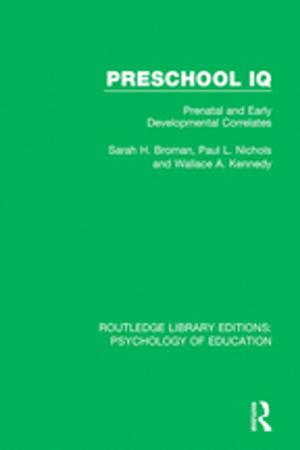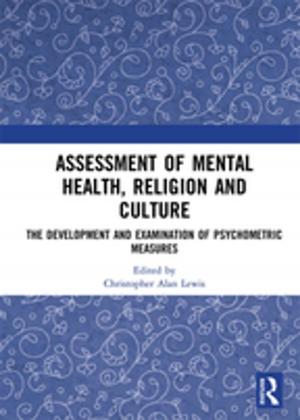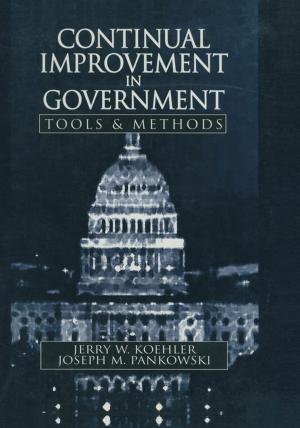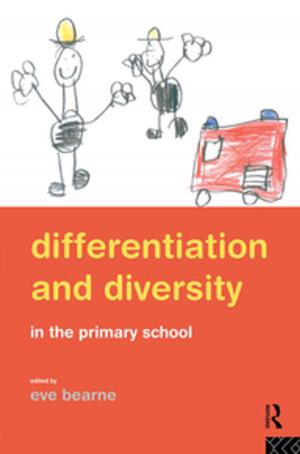Learning How to Fall
Art and Culture after September 11
Nonfiction, Entertainment, Theatre, Performing Arts| Author: | T Nikki Cesare Schotzko | ISBN: | 9781317633570 |
| Publisher: | Taylor and Francis | Publication: | December 17, 2014 |
| Imprint: | Routledge | Language: | English |
| Author: | T Nikki Cesare Schotzko |
| ISBN: | 9781317633570 |
| Publisher: | Taylor and Francis |
| Publication: | December 17, 2014 |
| Imprint: | Routledge |
| Language: | English |
Beginning with Richard Drew’s controversial photograph of a man falling from the North Tower of the World Trade Center on September 11, Learning How to Fall investigates the changing relationship between world events and their subsequent documentation, asking:
- Does the mediatization of the event overwhelm the fact of the event itself?
- How does the mode by which information is disseminated alter the way in which we perceive such information?
- How does this impact upon our memory of an event?
T. Nikki Cesare Schotzko posits contemporary art and performance as not only a stylized re-envisioning of daily life but, inversely, as a viable means by which one might experience and process real-world political and social events. This approach combines two concurrent and contradictory trends in aesthetics, narrative, and dramaturgy: the dramatization of real-world events so as to broaden the commercial appeal of those events in both mainstream and alternative media, and the establishment of a more holistic relationship between politically and aesthetically motivated modes of disseminating and processing information.
By presenting engaging and diverse case studies from both the art world and popular culture – including Aliza Shvarts’s censored senior thesis at Yale University, Kerry Skarbakka’s provocative photographs of falling, Didier Morelli’s crawl through Toronto, and Aaron Sorkin’s The Newsroom – Learning How to Fall creates a new understanding of the relationship between the event and its documentation, where even the truth of an event might be called into question.
Beginning with Richard Drew’s controversial photograph of a man falling from the North Tower of the World Trade Center on September 11, Learning How to Fall investigates the changing relationship between world events and their subsequent documentation, asking:
- Does the mediatization of the event overwhelm the fact of the event itself?
- How does the mode by which information is disseminated alter the way in which we perceive such information?
- How does this impact upon our memory of an event?
T. Nikki Cesare Schotzko posits contemporary art and performance as not only a stylized re-envisioning of daily life but, inversely, as a viable means by which one might experience and process real-world political and social events. This approach combines two concurrent and contradictory trends in aesthetics, narrative, and dramaturgy: the dramatization of real-world events so as to broaden the commercial appeal of those events in both mainstream and alternative media, and the establishment of a more holistic relationship between politically and aesthetically motivated modes of disseminating and processing information.
By presenting engaging and diverse case studies from both the art world and popular culture – including Aliza Shvarts’s censored senior thesis at Yale University, Kerry Skarbakka’s provocative photographs of falling, Didier Morelli’s crawl through Toronto, and Aaron Sorkin’s The Newsroom – Learning How to Fall creates a new understanding of the relationship between the event and its documentation, where even the truth of an event might be called into question.
